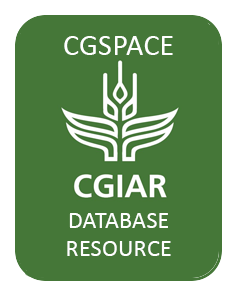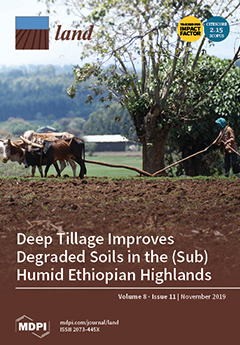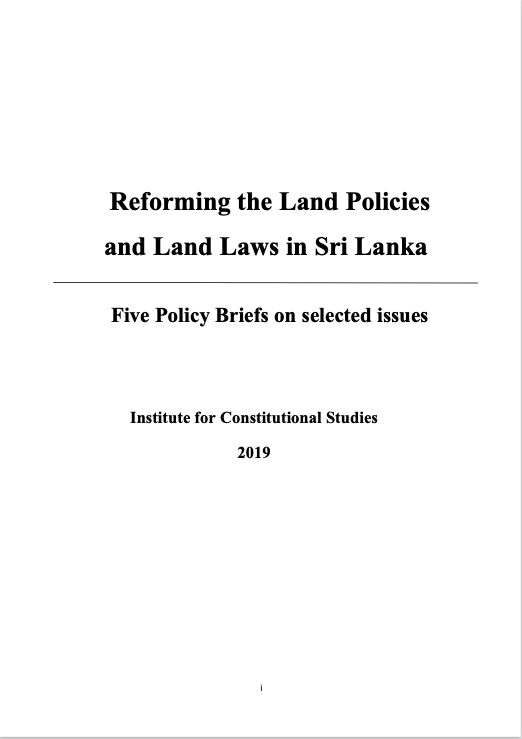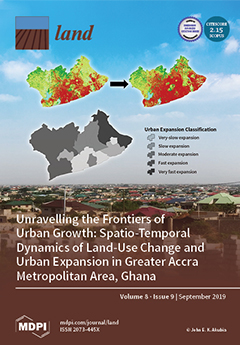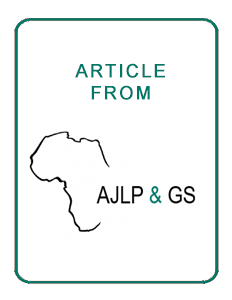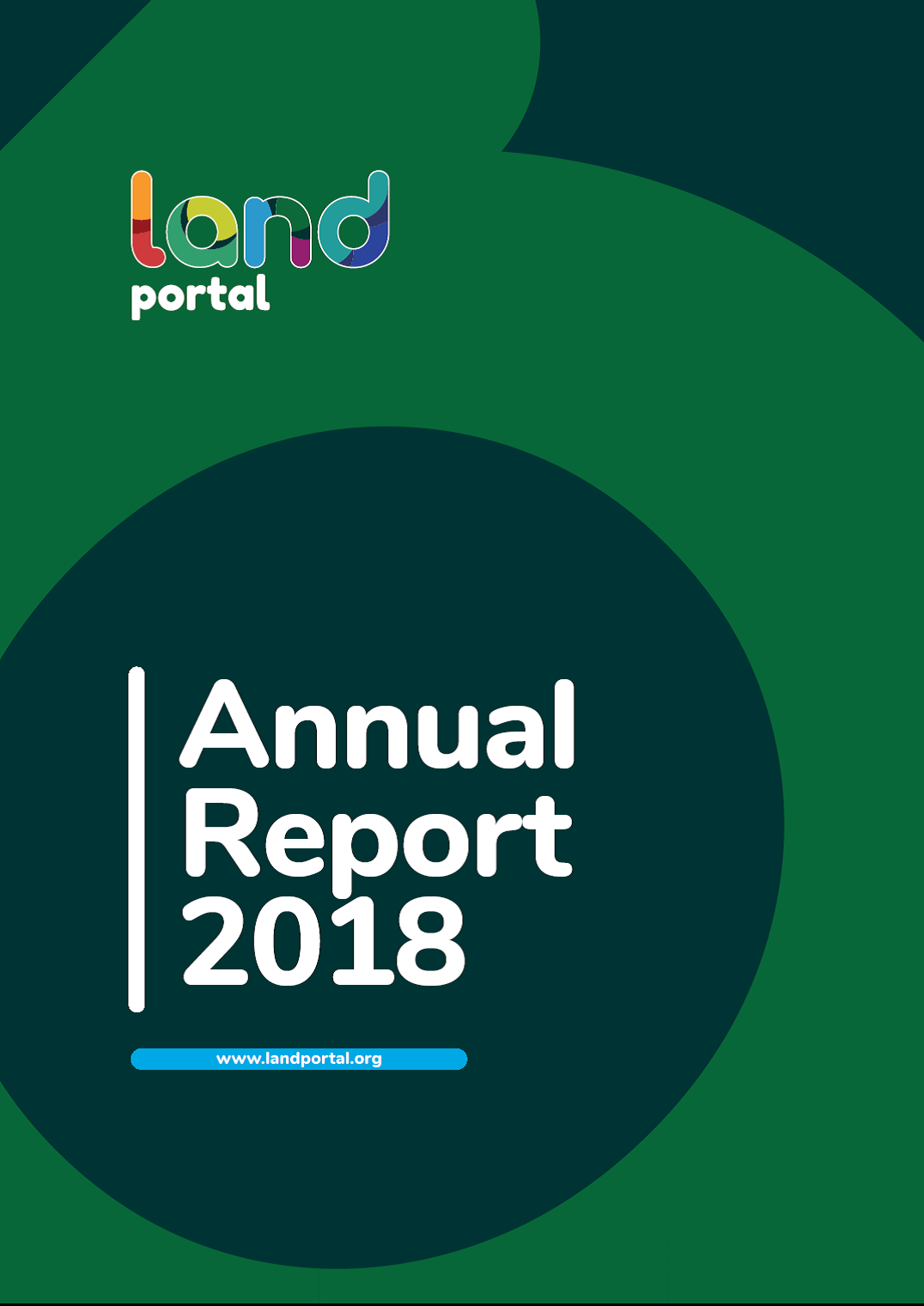1st North-East Land Conference: Conference Summary Report
Rhe North-East Land Conference, organized by the Martin Luther Christian University (MLCU), Shillong, North-Eastern Region Community Resource Management Programme (NERCORMP), Shillong; North East Network (NEN), NRMC-Centre for Land Governance (NRMC-CLG); and Rongmei Naga Baptist Convention (RNBA), Manipur evident the significance tenure dynamics and development paradigms in North East Region deliberating on land, laws, locals and livelihoods on 30-31st January, 2020 at Shillong.


